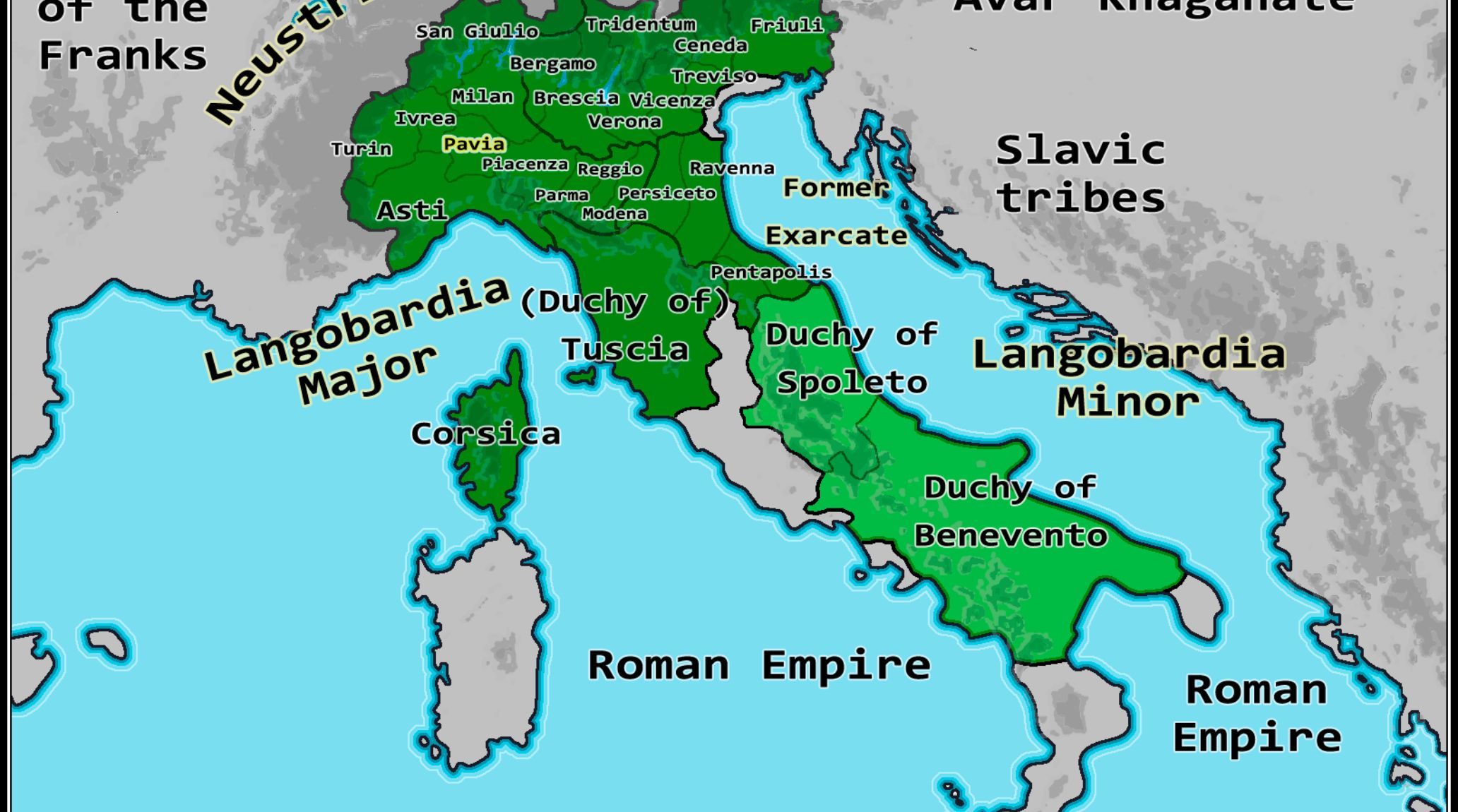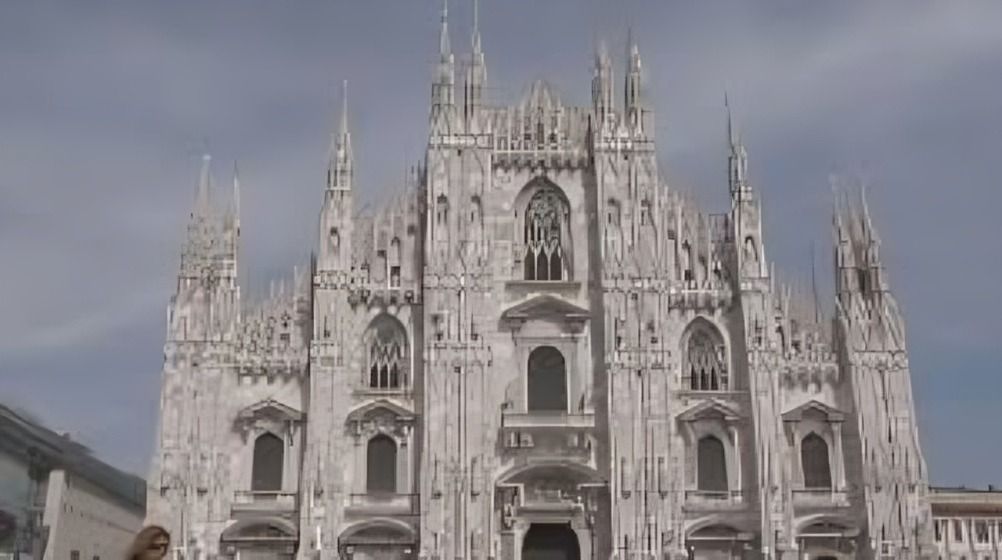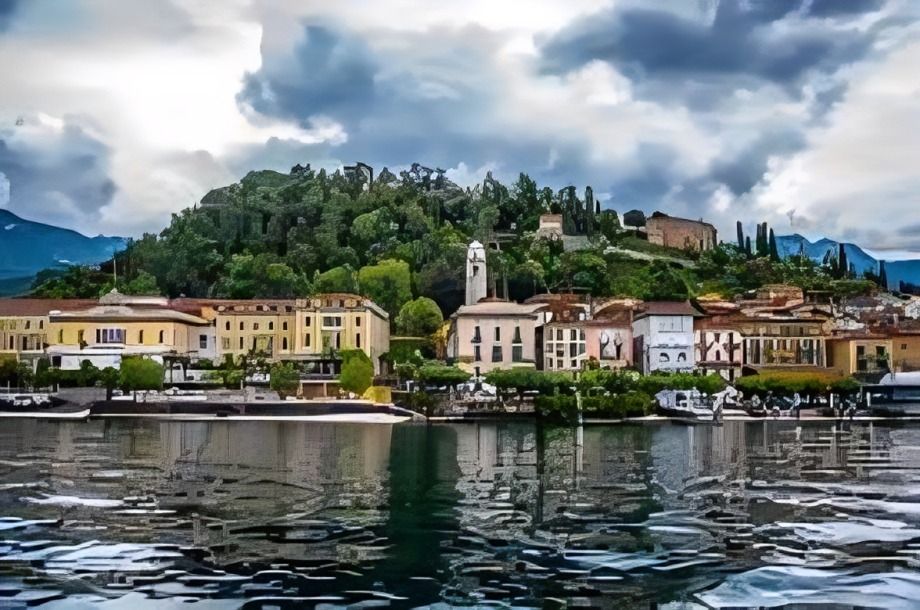
“
The Lombards were a pivotal force in the early medieval history of Italy, playing a key role in its political and cultural evolution. As Germanic settlers, they established the Kingdom of the Lombards in the 6th century, leaving a profound impact on the Italian peninsula. Their legacy includes contributions to law, art, and governance, which shaped Italy's medieval identity. This article delves into intriguing facts about The Lombards and the Formation of Italy, exploring their rise, influence, and enduring imprint on European history.1
1
”
The Lombards, a Germanic tribe originating from Scandinavia, migrated to Italy in 568 CE under King Alboin, establishing the Lombard Kingdom and influencing Italy's cultural, political, and military landscape significantly.1
The Lombards were first noted by Roman historians, including Velleius Paterculus (9 CE), Strabo (20 CE), and Tacitus (98 CE). Paul the Deacon’s 8th-century account remains historically problematic and uneven.2
The Lombards controlled much of northern and central Italy, with Pavia as their capital, solidifying their dominance and influencing administrative, cultural, and economic developments across these Italian regions for over two centuries.3
The Edict of Rothari in 643 CE codified Lombard laws, including rules about property, inheritance, and crime, reflecting a blend of Germanic customs and Roman legal traditions, shaping Italy's medieval legal framework. 4

Pavia, their capital, became a hub of administration, art, and education under Lombard rule, showcasing innovations in governance, cultural synthesis, and the architectural contributions that characterized early medieval Italy.
Lombardy comprises Alpine mountains, rolling foothills, and alluvial plains sloping to the Po River. The Bernina Alps peak at 13,284 feet, while scenic lakes enrich the foothill zone. 5
Lombardy, Italy's most populous region, occupies less than a tenth of its area. Its population centers around industrial cities in the upper plains and fertile farmland in the southern region.6
Lombard fortifications and military tactics, including their reliance on cavalry, were pivotal in defending their territories, reshaping the strategic approaches to warfare in early medieval Italy against Byzantines and Franks.7
Lombard regions saw significant economic growth through agriculture, the establishment of markets, and fostering trade networks, laying early foundations for Italy’s medieval economic expansion and its interconnectedness with broader European markets.8

The Lombard Duchies of Benevento and Spoleto in southern Italy persisted as semi-independent states, reflecting the Lombards’ adaptability in integrating with and influencing local cultures in diverse Italian regions.
King Alboin, known for uniting the Lombards and leading them into Italy, established the kingdom’s dominance and navigated complex relations with Byzantine territories, shaping Italy’s early medieval geopolitical landscape.9
Queen Theodelinda, a devout Catholic, allied the Lombards with the papacy, constructing notable churches like Monza Cathedral, fostering ties with the Church, and promoting religious and cultural harmony within their territories.10
The Lombards’ conflicts with the Byzantine Empire over control of Italy’s southern regions exemplified their resilience and strategic ambitions, marking a critical phase in Italy's political fragmentation and cultural development. 11
In 774 CE, Charlemagne defeated the Lombards, ending their kingdom but integrating Lombard administration and culture into the Carolingian Empire, influencing medieval European political structures significantly. 12

Despite their defeat, Lombard influence endured in Italy, particularly through their legal codes, architectural styles, and regional governance structures, which shaped Italian medieval identities for centuries after their fall.
Lombard artisans excelled in metalwork, producing intricate jewelry, weapons, and ceremonial items, showcasing their craftsmanship and leaving behind cultural artifacts that continue to inform Italy’s early medieval history.13
The Lombards assimilated Roman and Byzantine traditions into their governance, art, and religion, creating a distinct cultural identity that played a critical role in Italy’s historical and societal transformation. 14
Lombard monasteries, such as Montecassino, preserved Roman and Christian texts, advancing education and spreading Christianity, reinforcing their legacy as custodians of knowledge during a period of societal upheaval. 15
The Lombards contributed to the political fragmentation of Italy, dividing the peninsula into duchies and territories, laying the groundwork for the city-states that dominated Italy during the Renaissance era. 16
Modern Italy preserves the Lombard legacy through historical landmarks, such as churches and manuscripts, with their enduring influence seen in local traditions, regional governance, and Italy’s historical narrative.17


